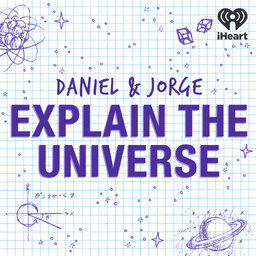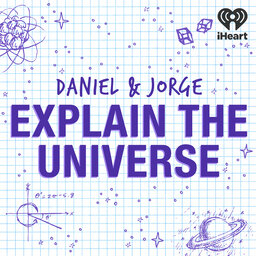How should we search for extra terrestrial intelligence?
Daniel talks to Jill Tarter, longtime head of the SETI program, about how to look for alien intelligence
Learn more about your ad-choices at https://www.iheartpodcastnetwork.com
See omnystudio.com/listener for privacy information.
 Daniel and Jorge Explain the Universe
Daniel and Jorge Explain the Universe


